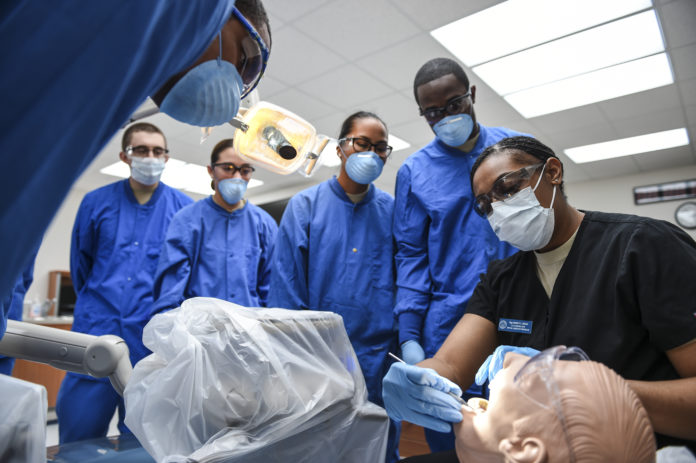In her reply Lok Sabha last year, minister of state Anupriya Patel had claimed that doctor patient ratio in India is already better than the WHO standard
The Economic Survey 2024-25 has acknowledged that India has some distance to cover before it reaches the ideal doctor patient ratio as prescribed by the World Health Organisation (WHO). It set 2030 as the year when India is likely to reach the milestone. This, interestingly, contradicts the government’s stance in Parliament when it had included Ayush practitioners in its tally to claim that India has already surpassed the WHO benchmark.
The survey, while talking about the structural challenges in the creation of medical infrastructure and training of manpower said: “There are 13.86 lakh practitioners of modern medicine registered as of July, 2024,79 which converts into current availability for the whole population of the country in the ratio of 1:1263.80 The WHO standard norm of 1:1000 seems to be attainable by 2030 with a conservative 50,000 doctors being licensed every year till 2030. Thus, numerical shortage of physician availability in India is perhaps no longer a primary concern. However, there are some larger concerns warranting attention.”
However in August last year when she was replying to a question in the Lok Sabha, minister of state for health and family welfare Anupriya Patel had given the impression that India has already surpassed the WHO standard. She had included in her analysis practitioners of alternative systems of medicine too.
Assuming 80% availability of registered allopathic doctors and around 5.65 lakh AYUSH doctors, the doctor-population ratio in the country is around 1:836
“As per information provided by National Medical Commission (NMC), there are 13,86,136 allopathic doctors registered with the State Medical Councils and the National Medical Commission (NMC) as on July, 2024. Assuming 80% availability of registered allopathic doctors and around 5.65 lakh AYUSH doctors, the doctor-population ratio in the country is around 1:836 which is better than the WHO standard of 1:1000,” Patel had said replying to a question asked by MP Khalilur Rahman.
The Economic Survey has also highlighted a slew of challenges in boosting availability of medical manpower in the country including low pass percentage (16% in 2023) of foreign medical graduates in the qualifying examination here and the geographical skew in medical colleges.
“The availability of opportunities for medical education appears to be geographically skewed, apparent from the fact that 51 per cent of undergraduate seats and 49 per cent of postgraduate seats are in the southern states. Further, the availability is skewed in favour of urban areas with the urban to rural doctor density ratio being 3.8:1. These patterns tend to follow the pattern in availability of healthcare services in general. It has been estimated that 75 per cent of dispensaries and 60 per cent of hospitals are in urban areas, where 80 per cent of doctors serve. The imbalance in distribution can be attributed to the state/region level of economic development, demand for and expansion of healthcare services, and increasing market for medical value travel,” says the survey


